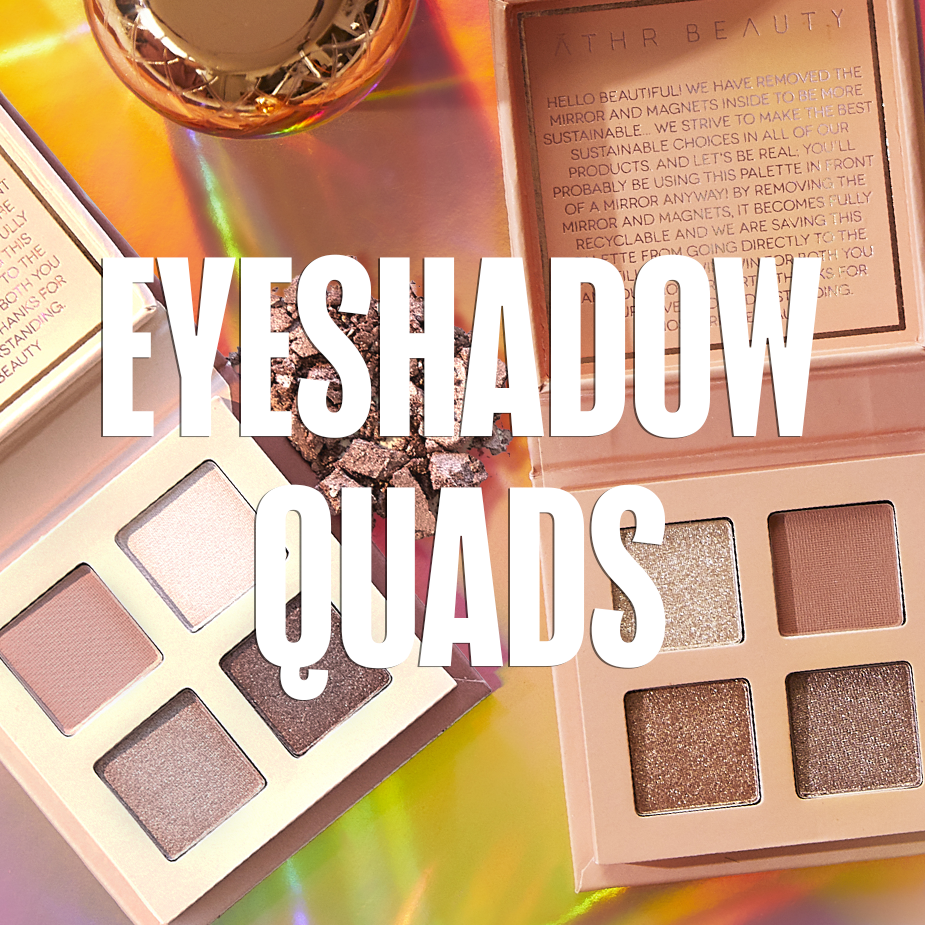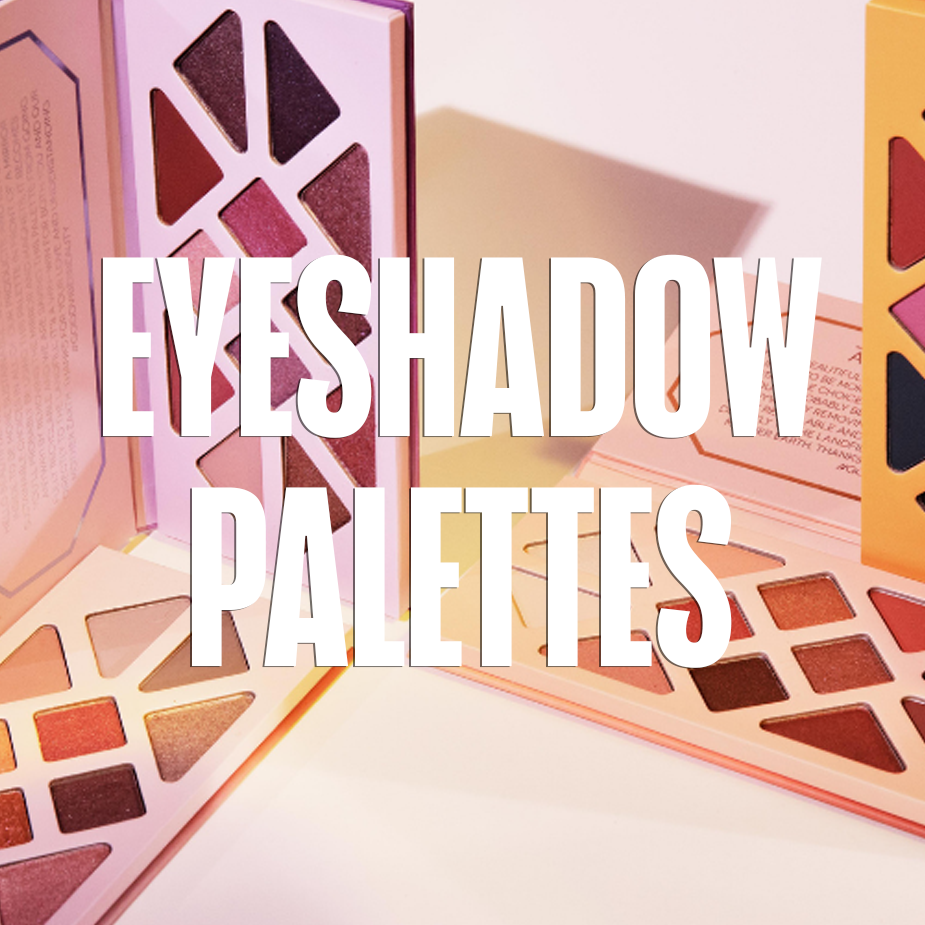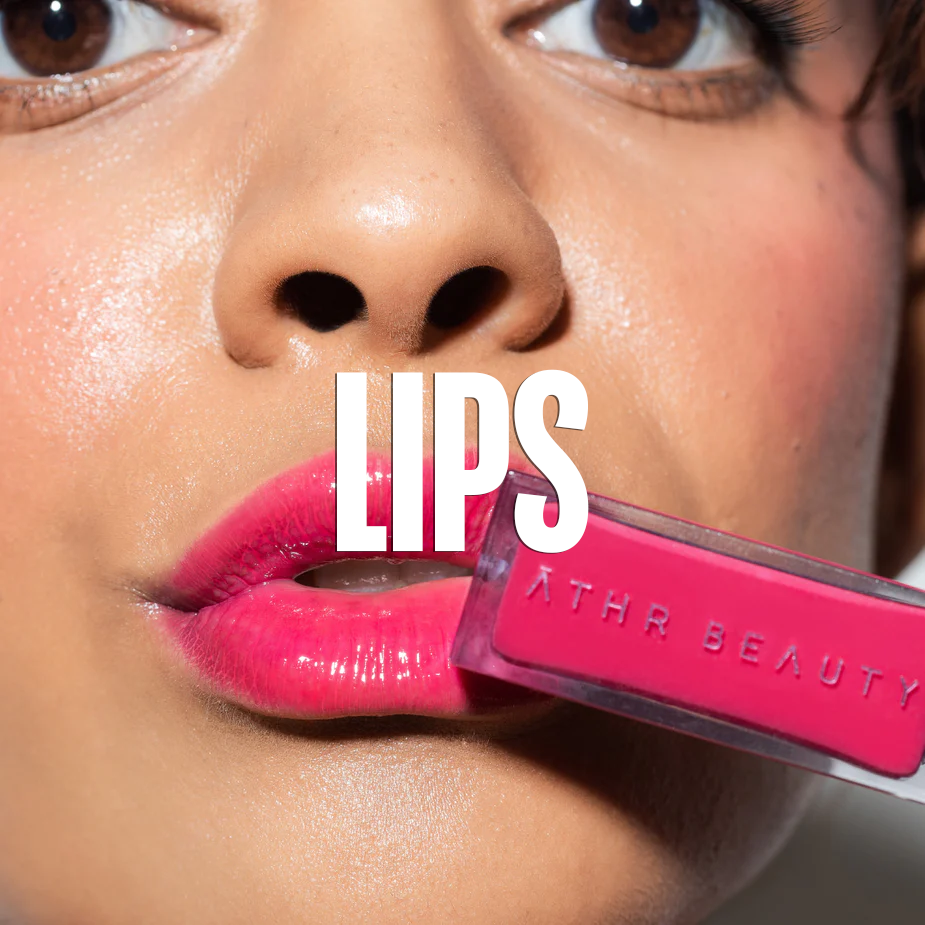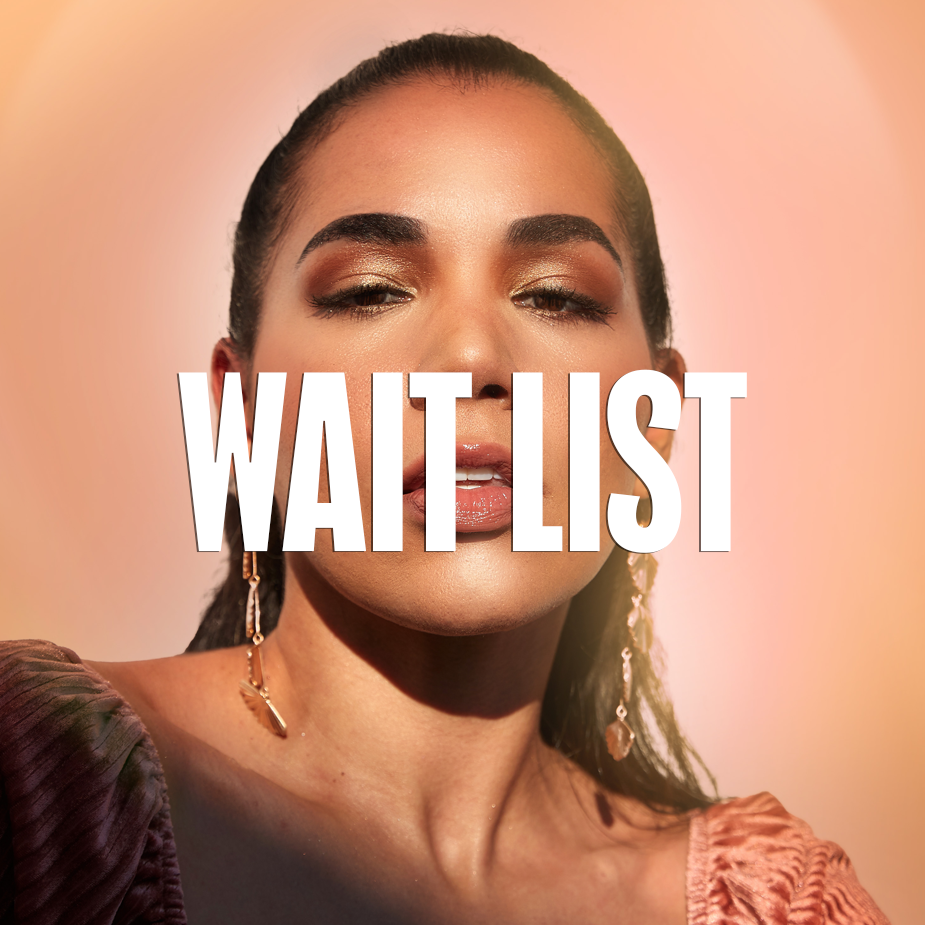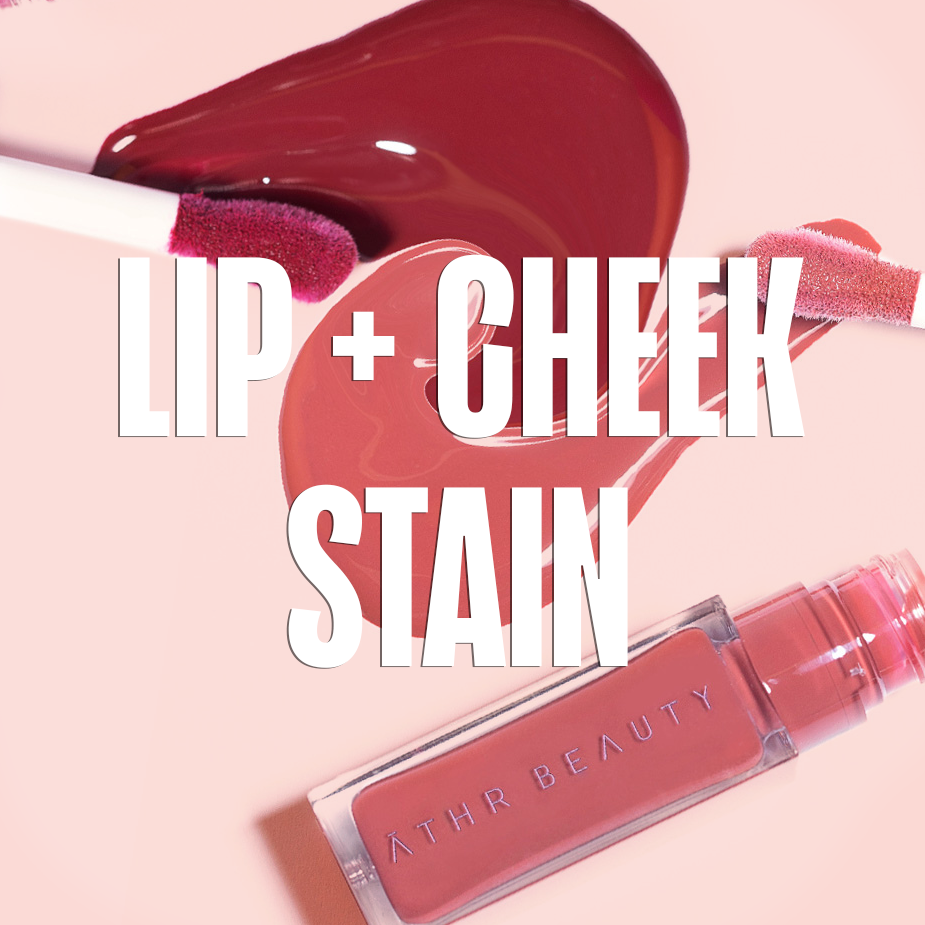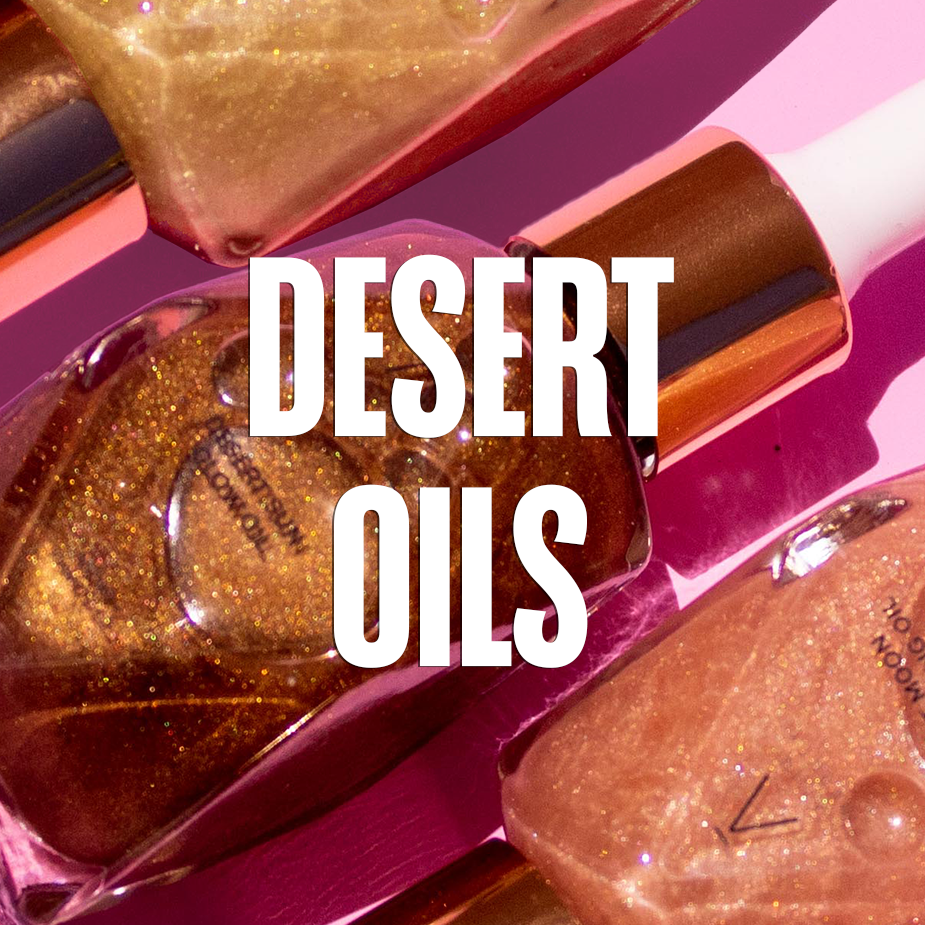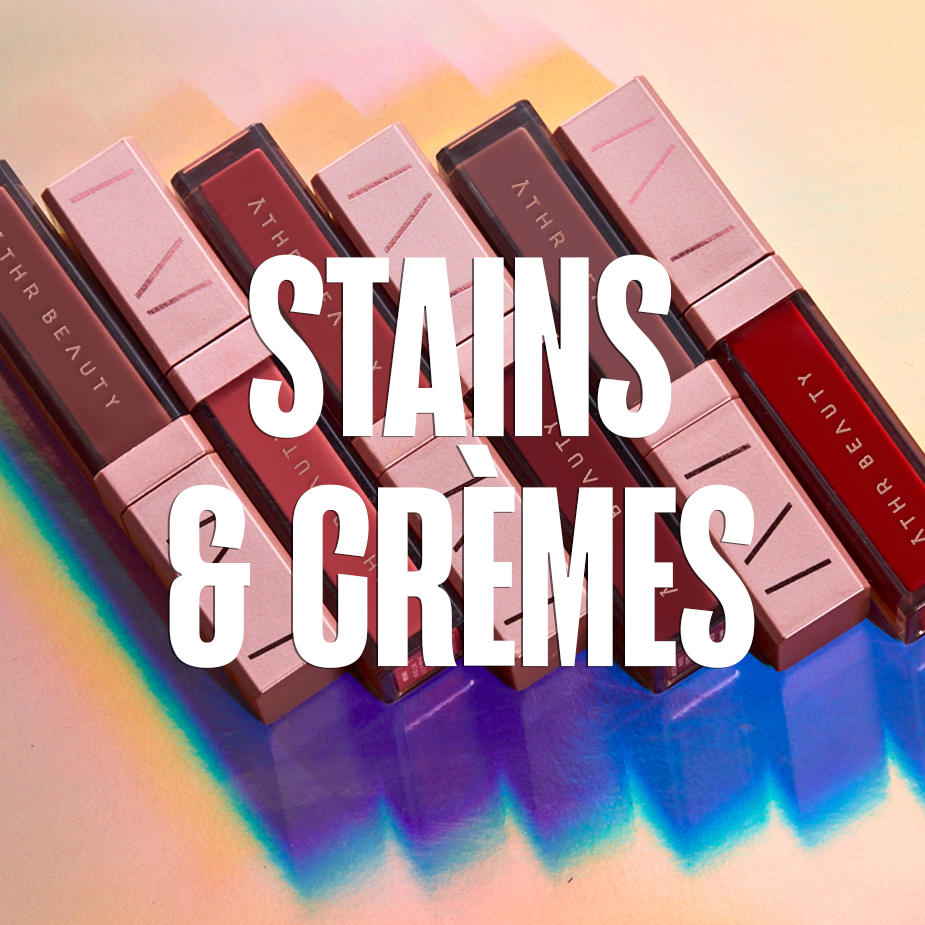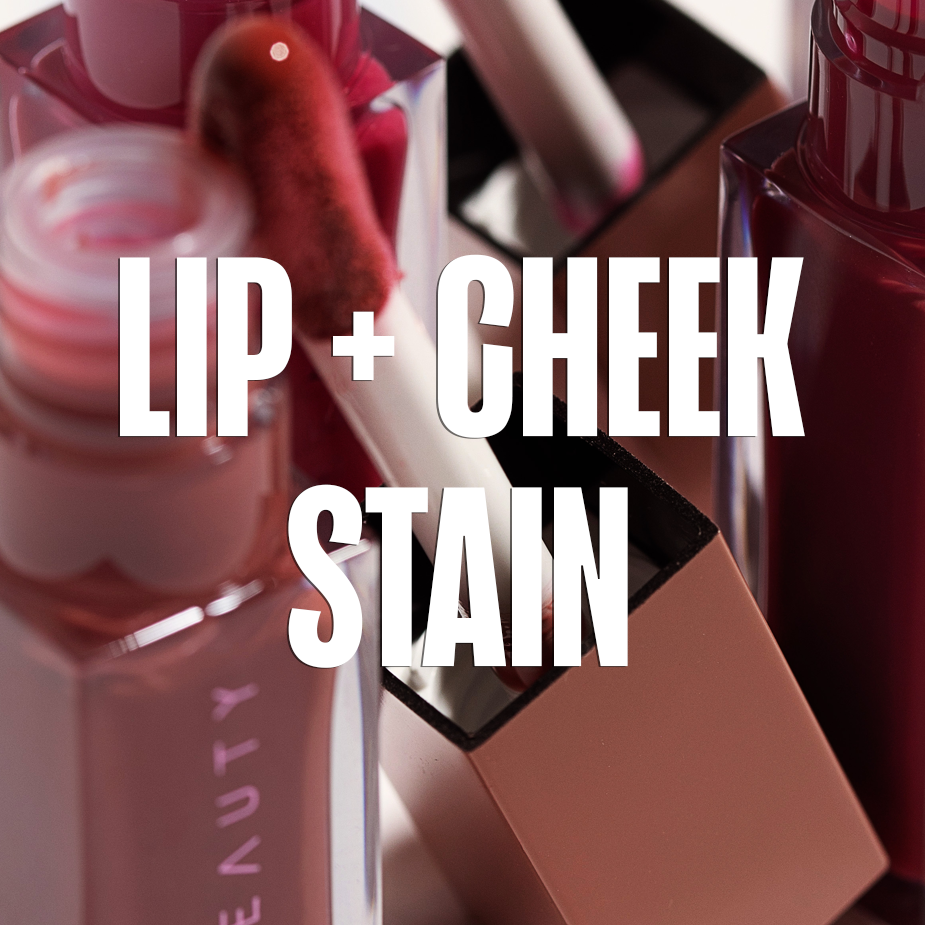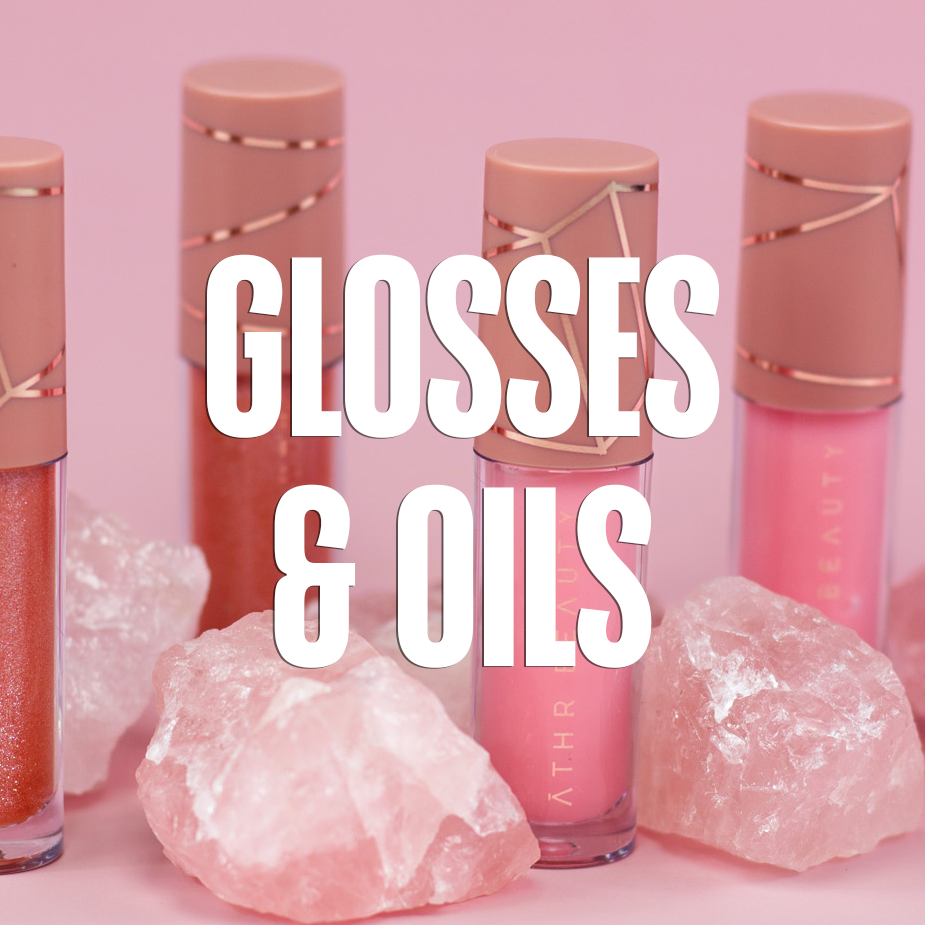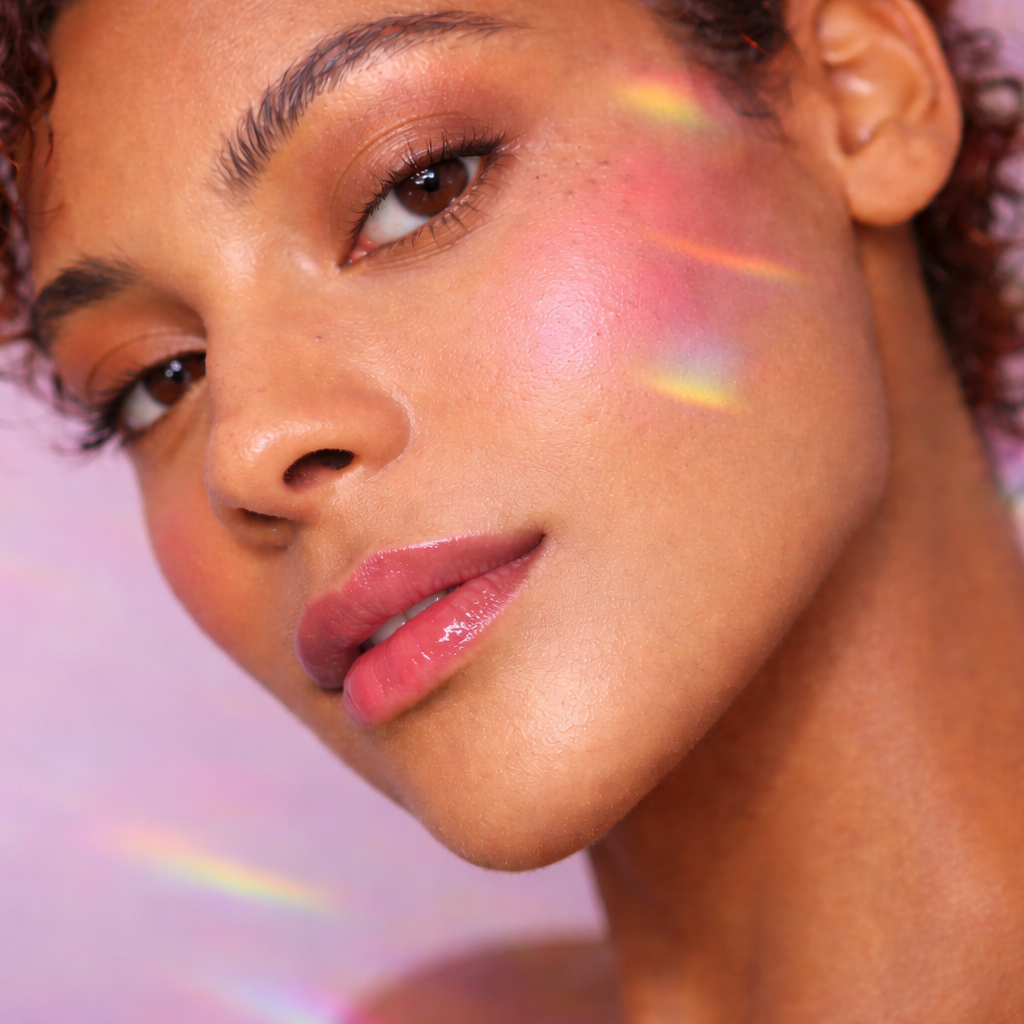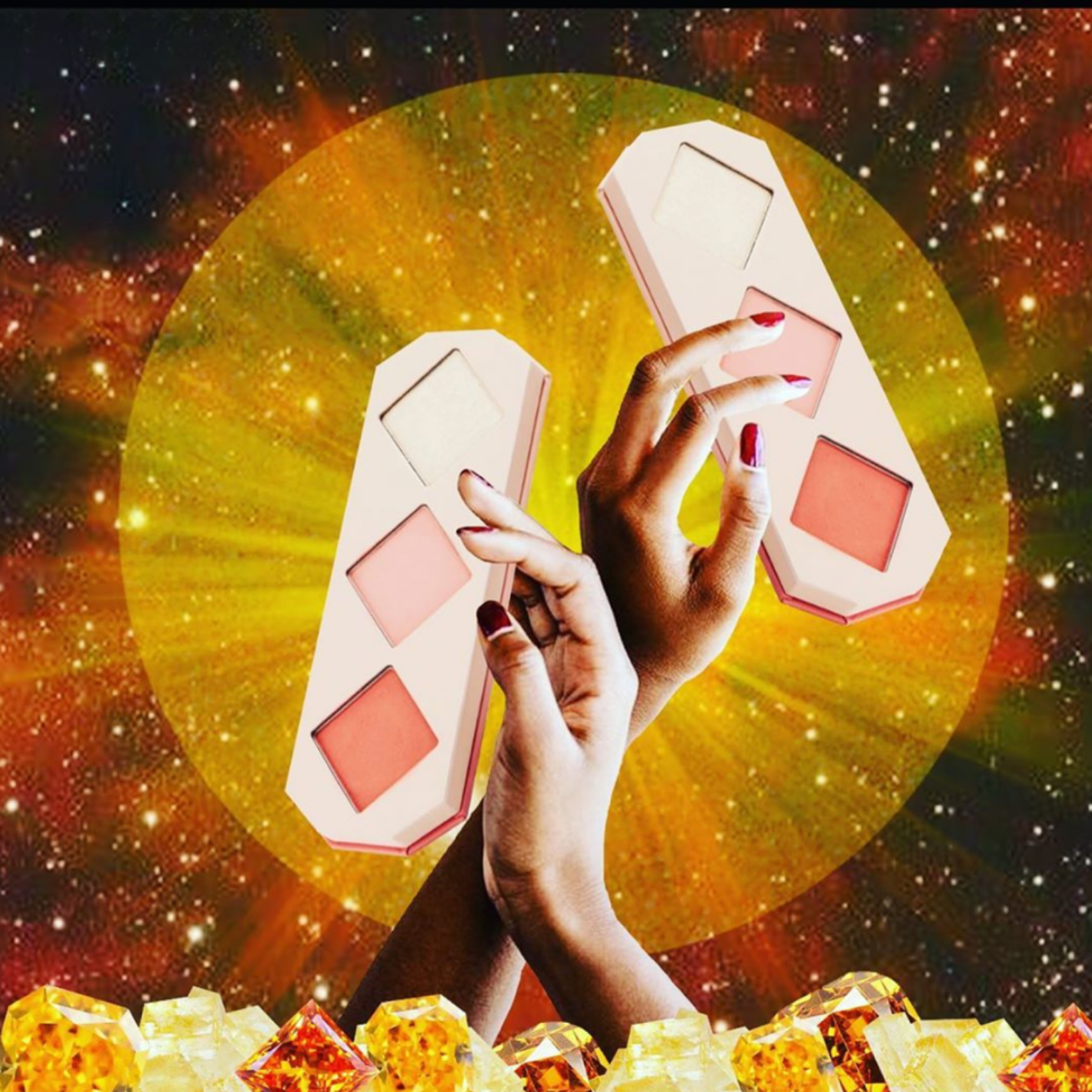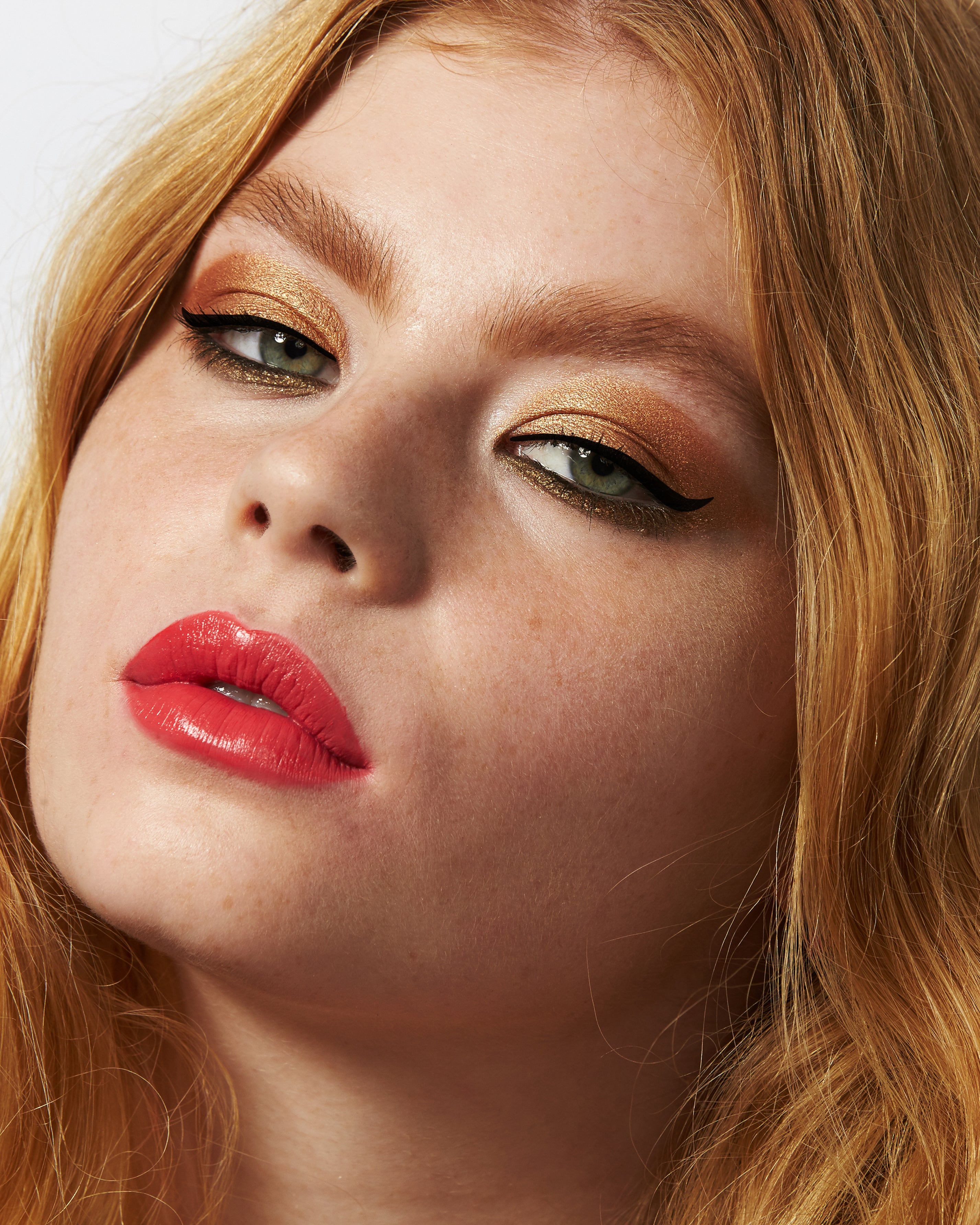As a cruelty-free + vegan brand, we want to do everything we can to end animal cruelty in cosmetics. We're here to share the truth and help you make informed, aligned, and compassionate buying decisions. Keep reading to find out:
- What 'cruelty-free' means and how it can be misused.
- How to find cruelty-free products.
- Does cruelty-free = vegan or natural?
- The truth about cosmetic animal testing.
- What you can do to support a cruelty-free future.
What Does Cruelty-Free Mean?
There is no legal definition for 'Cruelty-free' but the commonly accepted meaning is that "a product and its ingredients are not tested on animals".
False Or Incomplete Claims
Because the terms 'cruelty-free' and 'not tested on animals' are not regulated, any brand can make these claims whether they're true or not.
Example misleading claims:
- A brand can claim 'not tested on animals' but this may only cover the finished product - individual ingredients could still be tested on animals. This can sometimes be unintentional since many brands don't have visibility throughout their supply chain. They aren't vetting the origins of each ingredient, how it's being processed, and what testing has been done.
- Furthermore, while a company may claim, "We do not test on animals," it could still contract other companies and suppliers to do the testing for them.
- Unverified logos: any brand can put a bunny image on their product, but unless it comes from a verified cruelty-free organization like PETA or Leaping Bunny, you can't be sure of the truth behind it.
Your best bet to ensure you're buying cruelty-free: look for the PETA and Leaping Bunny certifications and logos. Brands that are certified with these organizations undergo an evaluation process to ensure that no animal testing is used in any phase of product development by the company, its manufacturers, or its ingredient suppliers.
How To Find Cruelty-Free Products
1. Verified Logos

2. Apps
Apps like Cruelty Cutter and Bunny Free by Peta are great for a quick answer on a brand's cruelty-free status. You can search by brand/product, scroll their database, or scan a product barcode directly into the app.
3. Websites
Some of our favorite websites for the latest cruelty-free information are Logical Harmony, Ethical Elephant, Peta, and Leaping Bunny. You can search brands and products in their database plus find cruelty-free + vegan shopping guides.
Does Cruelty-Free = Vegan?
While cruelty-free is a good baseline, it's not the whole picture. A company can be cruelty-free and still use animal products in their formulas. And the reverse is also true – a company could be vegan but still test their products/ingredients on animals.
For more on how we make our products vegan (in addition to cruelty-free), read our blog.
Does Natural Or Non-Toxic = Cruelty-Free?
These terms are completely separate from one another. Natural ingredients can still be tested on animals, and all animal products are considered 'natural'. Crushed up beetles, animal fat, and connective tissue are seen as natural since they aren't produced artificially.
The reverse is also true: a cruelty-free product can still be full of toxic chemicals and harmful ingredients. Our view: let's make (and use) products that are cruelty-free for everyone: humans and animals alike. #DoNoHarm
The Truth About Animal Testing
Is Animal Testing Still Happening?
Thankfully cosmetic animal testing has been significantly reduced in recent years. As consumers have become aware of this issue and started demanded cruelty-free products, brands have started to pay attention. While less animal testing is great, the practice needs to end full-stop.
500,000 rabbits, mice, guinea pigs, rats, hamsters, monkeys, cats, and dogs still suffer and die for cosmetics testing every year. And for animal experiments overall, that number is about 150 million.
So far, 38 countries including Israel, India, Australia, and the EU have banned animal-tested cosmetics (or cosmetic ingredients) from being sold. The US, however, still allows animal testing. China as a country requires animal testing for many products.
But Didn't China End Animal Testing?
Unfortunately not. There has been some progress though: China has approved 9 alternate testing methods for post-market cosmetic testing starting in 2020.
The catch is: these alternate methods only replace tests for individual cosmetic ingredients, not for final formulations. They also only apply to post-market testing. Pre-market testing will continue for all imported and special-use cosmetics sold in mainland China.
The moral of the story: any product being sold in Mainland China is not cruelty-free.
Is Animal Testing Effective – Does It Replicate Human Results?
No. In fact, The National Institutes of Health have reported that 95% of all drugs that test safe and effective in animals fail in human tests. Animals are physiologically and genetically different than humans in countless ways. Their responses to a disease, a drug, and even a cosmetic are not predictive of how it will affect humans.
What we do have in common with all animals: the experiences of pain, fear, and suffering. The experiences that these lab animals endure every day.
How Can You Ensure Product Safety Other Than Animal Testing?
As you've seen, animal testing is actually incredibly ineffective in predicting human reactions. Not only is it cruel, it's useless. There are so many proven scientific testing methods available – there's no reason to use animals.
Even better, companies can formulate exclusively with ingredients that are already verified as completely safe for human use. When you are not using any questionable or potentially toxic ingredients, the need for testing is vastly reduced.
How Do We Test Our Products For Safety?
We test on ourselves! But first and foremost, we only use verified safe and non-toxic ingredients in every product, banning over 1400 ingredients from our formulas. So, even before we try them out on our skin, we know our products are completely safe and non-toxic.

Since safety is not a question with our products, we test to ensure no allergic reactions, and the overall performance of products on different skin types, with different lifestyles, and in different conditions like weather, altitude, etc.
Testing for attributes like preservation and stability are conducted in the laboratory setting using scientific methods that never include the use of animals.
ĀTHR Beauty's Stance On Animal Testing
We are 100% against the use of animals for any testing whatsoever. We are Leaping Bunny Approved + PETA Certified cruelty-free + vegan and will never participate in any activity or process that causes harm to any living thing. Animals are not ours to use. They are living beings who can feel pain, fear, and who suffer immensely for these cruel and barbaric tests.
What You Can Do To End Animal Testing
Your most persuasive tools are your voice and your buying power. Write to government officials with your support for banning animal-testing, share your views with beauty brands, and vote with your dollars by only buying verified cruelty-free products.
How to take action in the US:
Send an email or letter to your US representative with your support for the Humane Cosmetics Act, explaining why this issue is important to you. You can find a sample letter here.
How to take action in Canada:
The Cruelty-Free Cosmetics Act is halfway to approval. To help it go all the way, reach out to your Member of Parliament asking them to support Bill S214 and explain why it's important to you. Find a sample letter here.
Thanks for tuning into our blog and for helping end animal cruelty in cosmetics!
– ĀTHR Beauty xo


